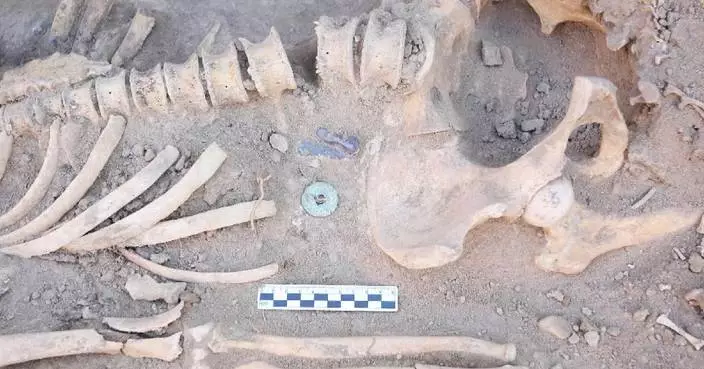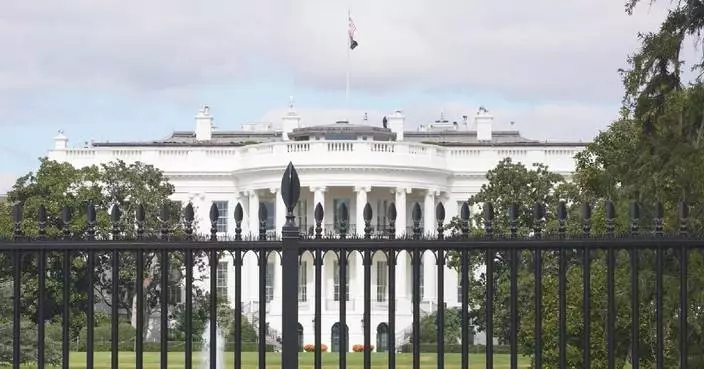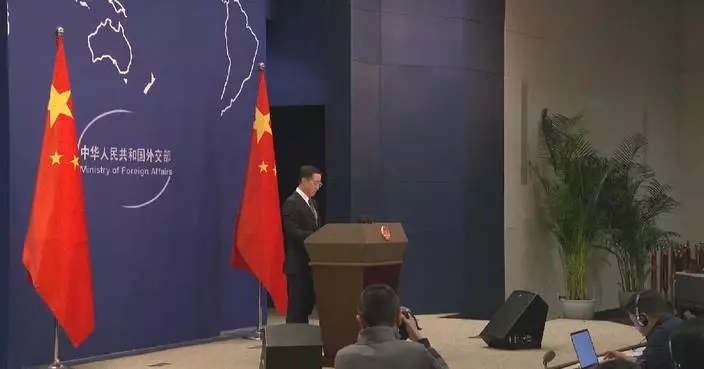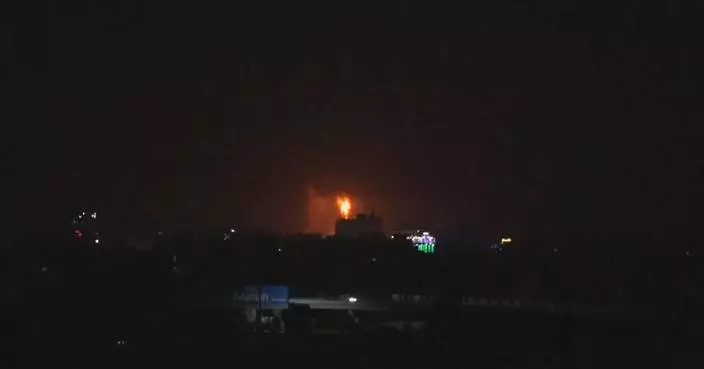At least 14 people were killed and over 450 injured in a second wave of explosions involving wireless communication devices across Lebanon on Wednesday, the Lebanese Health Ministry reported, prompting widespread condemnation from regional and international leaders.
Local media identified the devices involved as ICOM V82 models, which are walkie-talkie devices reportedly made in Japan.
Hundreds of the walkie-talkie devices carried by Hezbollah members, which were thought relatively safe against hacking and tracking, exploded on Tuesday afternoon.
Explosions were heard in the southern suburbs of Beirut and several regions in southern and eastern Lebanon.
According to Lebanese security reports, one explosion occurred during the funeral of four Hezbollah members, igniting fires in vehicles and residential buildings and leading to numerous injuries, with emergency services rushing the injured to local hospitals.
In response to the incidents, the Lebanese Army Command issued a statement urging citizens to avoid gathering near explosion sites to facilitate medical access.
Wednesday’s wave of blasts followed a widespread attack on Tuesday, where Israeli is believed to have targeted pagers used by Hezbollah, resulting in 12 fatalities, including two children, and approximately 2,800 injuries.
In a statement released on Tuesday, Hezbollah condemned Israel, declaring it "fully responsible for the criminal aggression that also targeted civilians." The group threatened retaliation and reaffirmed its commitment to support Gaza.
Hezbollah's declarations highlighted the risk that the conflict with Israel, which has intensified since last October, could escalate further.
On Wednesday, the group issued a statement mourning nine of its members lost in the recent attacks and saying "the Islamic Resistance in Lebanon will continue today, as in all previous days, its blessed operations to support Gaza, its people and its resistance, and to defend Lebanon, its people and its sovereignty."
A Lebanese security source noted on Tuesday that the devices which exploded were rigged with 20 grams of explosives, which must have been included during the devices’ manufacture.
The head of Gold Apollo, the Taiwan company that produces the AR-924 pagers which exploded on Tuesday, told reporters on Wednesday that the pagers involved in the coordinated attacks were produced and sold by BAC, a licensed producer and supplier of the devices based in Hungary.
Media reports suggest that the communication devices had been acquired and imported by Hezbollah over the past few months.
The Lebanese government characterized the Israeli aggression as a serious violation of Lebanese sovereignty although Israel has yet to comment on the incidents.
Responses to the attacks extended beyond Lebanon, with Hamas condemning the incident as a "terror" act against Lebanese citizens.
Iranian Foreign Minister Seyyed Abbas Araghchi also strongly condemned the "terrorist act carried out by the Zionist entity against Lebanese citizens" during a phone call with Lebanese Foreign Minister Abdullah Bouhbib.
Yemen's Houthis labeled the attack "a crime and a violation of its sovereignty."
Lebanese Minister of Public Health Firas al-Abyad received calls from his Egyptian, Syrian, Iranian, and Iraqi counterparts expressing their solidarity.
Iraq responded by sending an aid plane, including medical staff and supplies, which landed at Beirut airport on Wednesday morning.
Russian Foreign Ministry Spokeswoman Maria Zakharova released a statement on Wednesday describing the explosions as a deliberate act of hybrid warfare against Lebanon and calling for a thorough investigation.
Zakharova said that this unprecedented attack represents a gross violation of Lebanon's sovereignty and poses a serious challenge to international law, and that those behind it deliberately sought to incite an escalation and provoke a major war in the Middle East.
Meanwhile, Iranian Foreign Ministry spokesperson Nasser Kanaani issued a statement on Wednesday condemning Israel for the terrorist attacks targeting Lebanese citizens, characterizing it as a mass killing that contravenes all moral and legal standards.
Kanaani added that these terrorist operations warrant international criminal prosecution, trial, and punishment.
Araghchi expressed Iran's readiness to provide assistance and medical care to the victims during a call with his Lebanese counterpart on Wednesday. He also inquired about the treatment of the Iranian ambassador to Lebanon, who was injured in the incident.
Earlier on Wednesday, the Iranian Red Crescent Society dispatched medical teams and rescue forces to assist the victims.
European Union High Representative for Foreign Affairs and Security Policy Josep Borrell condemned the attacks in a statement released on Wednesday, highlighting the indiscriminate collateral damage inflicted on civilians, including children.
In the statement, Borrell warned that such actions threaten the security and stability of Lebanon and risk escalating tensions in the region.

Second wave of blasts hit Lebanon as Russia, Iran, EU condemn attacks









